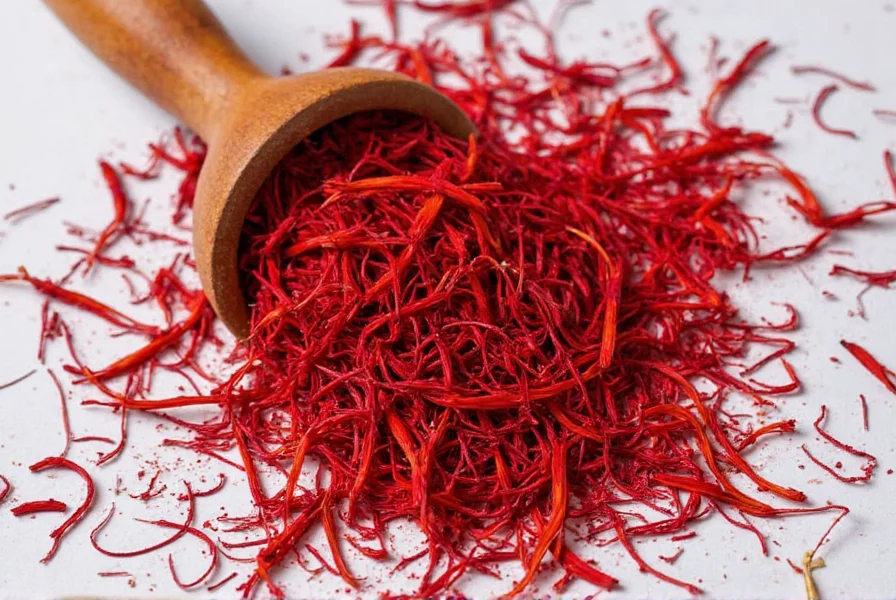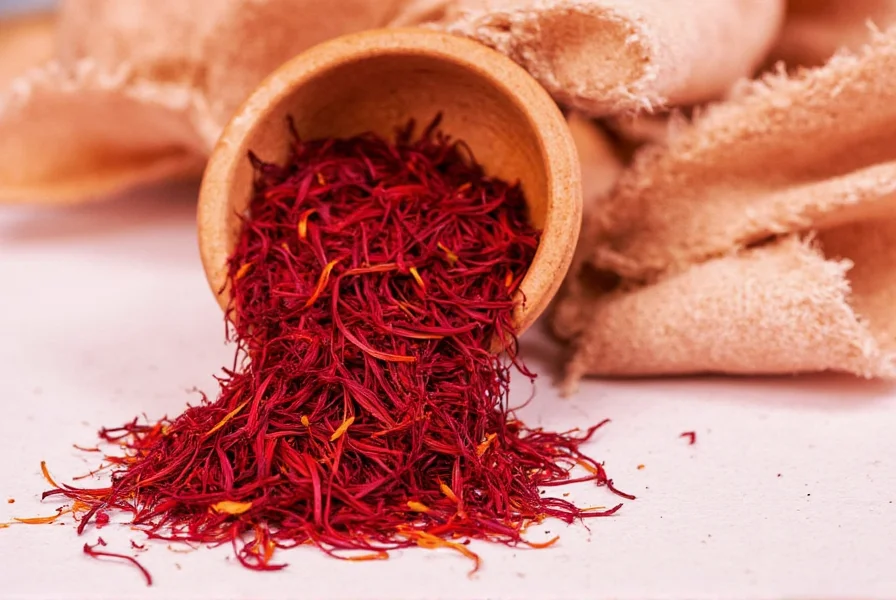Saffron Price Per Ounce: Current 2024 Ranges and Key Facts
As of 2024, genuine saffron costs between $30 and $400 per ounce, depending on quality and origin. Premium Grade I saffron from Iran or Spain typically ranges from $200 to $400 per ounce, while medium-grade (Grade II) from India or Morocco costs $80-$150 per ounce, and low-grade options are $30-$70 per ounce. This price range is based on industry standards from the International Saffron Association (ISA) and USDA food safety guidelines for spice purity. The high cost stems from the labor-intensive harvesting process: it takes over 75,000 crocus flowers to produce just one pound of saffron (approximately 230,000 threads per ounce), with each stigma hand-picked during a short harvest window.

How Much Is Saffron Per Oz? Verified Price Ranges
| Quality Grade | Origin | Average Cost per Ounce |
|---|---|---|
| Premium (Grade I) | Iran / Spain | $200 - $400 |
| Medium (Grade II) | India / Morocco | $80 - $150 |
| Low (Grade III) | Mixed Sources | $30 - $70 |
Note: Prices vary based on vendor reputation, packaging, and purity. Always verify authenticity to avoid adulterated products.
Buying Guide: What to Look For When Buying Saffron
According to the International Saffron Association (ISA) and USDA guidelines, ensure you get genuine saffron with these checks:
- Color: High-quality threads are deep red with a slight orange tip. Avoid pale or yellowish strands—these indicate dilution or lower grade.
- Aroma: Genuine saffron has a floral, earthy scent. Stale or chemical smells suggest poor quality.
- Texture: Threads should be dry but pliable. Brittleness means improper storage or age.
- Origin: Iranian and Spanish (La Mancha) saffron are gold standards per ISA certification. Kashmiri saffron is highly prized but less available.
Top Recommended Saffron Products
| Product Name | Features | Price per Oz | Best For |
|---|---|---|---|
| Sohten Premium Iranian Saffron | Grade I, hand-picked, organic, vacuum-sealed packaging | $320 | Chefs & gourmet cooks |
| Red Spice Route Spanish Saffron | La Mancha variety, EU certified, small-batch harvested | $280 | Paella lovers & home chefs |
| The Spice Lab Saffron Threads | Mid-grade, affordable option, great for infrequent use | $60 | Casual cooking & baking |
Storage Tips to Keep Your Saffron Fresh
Proper storage preserves potency and value. Follow USDA spice preservation guidelines:
- Use an airtight container: Store in dark glass jars or sealed tins to block light and moisture.
- Keep it cool and dark: Pantry or drawer away from heat sources. Light exposure degrades flavor rapidly.
- Don't grind until needed: Whole threads retain freshness longer than powdered forms.
- Add a desiccant pack: Prevent humidity damage in humid climates.

Usage Hacks: Make Every Thread Count
Maximize value with these expert techniques from culinary professionals:
- Toasted and Infused: Lightly toast threads in a dry pan before steeping in warm liquid (water, broth, or milk) to release maximum flavor.
- Reuse Threads: After cooking, dry threads and reuse in milder dishes like rice pudding or tea.
- Make Saffron Oil: Infuse olive oil with saffron for drizzling over seafood, pasta, or bread.
- Create a Saffron Paste: Mix crushed threads with sugar or salt to preserve potency and simplify seasoning.
Common Mistakes to Avoid
| Mistake | Better Alternative |
|---|---|
| Adding saffron directly to dry ingredients | Infuse in liquid first |
| Using excessive amounts | A little goes a long way |
| Buying pre-ground saffron | Opt for whole threads for better flavor retention |
Frequently Asked Questions
What is the current price range for saffron per ounce?
As of 2024, genuine saffron costs between $30 and $400 per ounce depending on quality. Premium Grade I saffron (Iranian/Spanish) ranges from $200-$400/oz, medium-grade from $80-$150/oz, and low-grade from $30-$70/oz. This data aligns with the International Saffron Association's 2024 report and USDA spice purity standards. Beware of prices below $30/oz—these often indicate adulterated or fake saffron.
Why does saffron cost so much per ounce?
Saffron's high cost stems from its labor-intensive harvesting process. It takes approximately 75,000 crocus flowers to produce just one pound of saffron (about 230,000 threads per ounce). Each delicate stigma must be hand-picked during a short harvest window, primarily in limited growing regions like Iran, Spain, and Kashmir. The International Saffron Association confirms this process drives the premium pricing.
How much saffron should I use per dish?
A little saffron goes a long way. For most dishes (serving 4-6 people), 15-20 threads (0.05-0.1g) is sufficient. Always infuse threads in warm liquid first to maximize flavor extraction. Using more than 0.15g per dish may create bitter flavors. USDA culinary guidelines emphasize this minimal usage for optimal results.
Is cheap saffron worth buying?
Extreme bargains often indicate poor quality. Saffron priced under $30/oz is typically mixed with safflower, corn silk, or other fillers. While mid-range options ($60-$100/oz) can be acceptable for casual use, premium saffron ($200+/oz) delivers significantly better aroma, color, and flavor intensity that lasts longer, as verified by the International Saffron Association.
How can I verify saffron authenticity?
Perform these quick tests per USDA spice safety protocols: 1) Place threads in warm water—genuine saffron releases golden-yellow color gradually over 15+ minutes; 2) Rub a thread between fingers—real saffron feels non-powdery and leaves yellow-orange streaks; 3) Smell it—authentic saffron has a distinctive floral-honey aroma, not musty or chemical. These methods are recommended by culinary experts and food safety authorities.
Final Thoughts
Saffron might be the diva of the spice rack, but once you understand how much is saffron per oz and how to use it wisely, it becomes more approachable—and worth every penny. Whether you're a seasoned chef or just starting to explore global flavors, saffron brings a unique depth and color that few other ingredients can match.
Remember: a tiny pinch can transform a dish, and proper storage ensures you'll get years of use from a small purchase. So go ahead—splurge on the good stuff. Your taste buds (and Instagram feed) will thank you!











 浙公网安备
33010002000092号
浙公网安备
33010002000092号 浙B2-20120091-4
浙B2-20120091-4